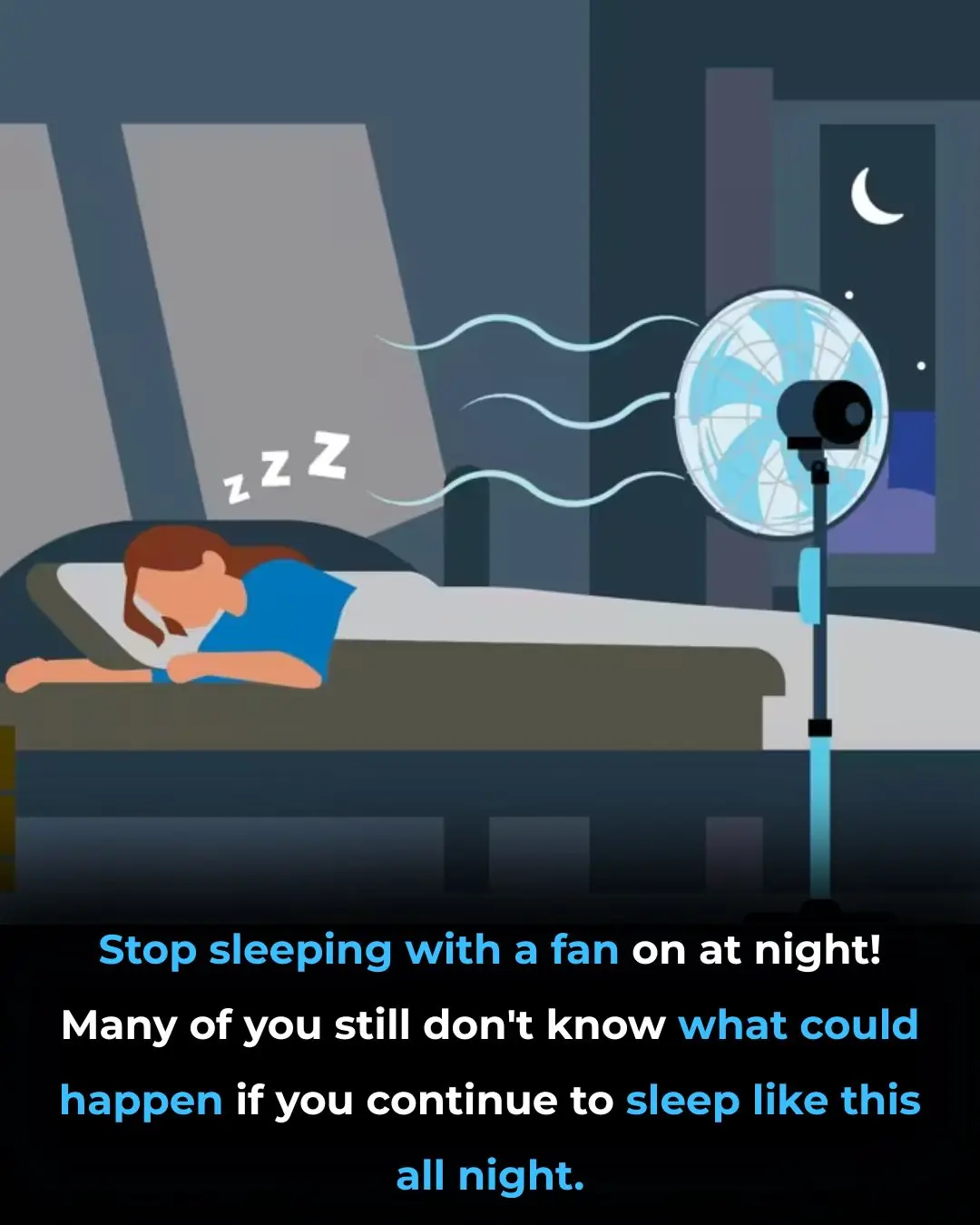
Count The Squares
Count the Squares …What You See Reveals How You Think
At first glance, this simple puzzle looks harmless enough: “How many squares do you see?”
But here’s the twist — this isn’t just a test of observation. It’s also a glimpse into how your mind works.
The way you approach this task — whether you rush to an answer or take your time — can subtly reveal traits about your confidence, self-awareness, and personality style.
Why This Puzzle Isn’t Really About Squares
When you’re asked to count the squares in an image, your first instinct might be to trust your eyes and go with your gut. After all, it looks straightforward.
But that’s exactly why psychologists find this kind of visual task so fascinating.
It taps into something deeper — the cognitive biases that guide how we see the world and make decisions.
For instance, those who tend to be overconfident or impulsive often make snap judgments. They rely heavily on their initial impressions and feel certain they’re right — even when they’ve missed something.
On the flip side, people who are open-minded, thoughtful, or self-aware tend to pause, question, and double-check before committing to an answer. They’re more comfortable admitting, “Maybe I should look again.”
The Overconfidence Trap
This is where things get interesting.
According to psychology research, narcissistic or highly self-assured individuals often display what’s called overconfidence bias — the belief that their first answer must be correct.
In a task like counting squares, they might quickly say, “Six!” without realizing they’ve overlooked several hidden ones.
People who are more introspective, however, take a slower, more analytical approach. They zoom in, look at patterns, and mentally re-check their work — not because they lack confidence, but because they’re open to being wrong.
In other words:
👉 Overconfidence says, “I already know.”
👉 Open-mindedness says, “Maybe I missed something.”
Breaking Down the Puzzle
Let’s look at what’s actually happening when you try to count the squares.
A careful observer might notice that the image contains multiple layers:
-
Small squares – The individual boxes that are easy to spot.
-
Medium squares – Formed by grouping smaller squares together.
-
Large squares – The bigger combinations that many people overlook.
-
The largest square – The full grid itself, completing the picture.
Missing even one of these layers means your total count could be off. And here’s the catch:
Most people stop searching once they feel “confident enough.” That feeling of confidence — not accuracy — often determines their final answer.
What Your Answer Might Reveal About You
-
Fewer than 6 squares:
You likely rely on intuition and make quick decisions. You’re decisive, confident, and trust your instincts — but you might sometimes overlook small details or alternative perspectives. -
6 to 9 squares:
You’re balanced between intuition and analysis. You think things through but may still settle too soon. You have healthy confidence, though sometimes you underestimate complexity. -
10 to 13 squares:
You’re detail-oriented and self-aware. You take your time, question your assumptions, and seek accuracy over speed. This shows humility, patience, and a growth mindset — traits linked to emotional intelligence and open-mindedness.
So… What Does It Really Mean?
The real insight isn’t about how many squares are in the image.
It’s about how you think, how you trust yourself, and how you handle uncertainty.
Do you jump to conclusions — or pause to consider other angles?
Do you double-check your answers — or assume your first thought is best?
This tiny puzzle becomes a mirror of how we approach life decisions, relationships, and problem-solving.
After all, being right isn’t just about confidence. It’s about curiosity — the willingness to say, “Let’s look again.”
Final Thought
The next time you face a problem, big or small, remember this puzzle. The number of squares you count doesn’t define your intelligence — it reflects your thinking style.
So, take a moment. Look again.
You might find there’s more to see — in the puzzle, and in yourself.
Now the question is: how many squares do you see?
News in the same category


Reducing Meat Consumption by 90%: A Critical Step to Combat Climate Change and Ensure Global Sustainability

Revolutionary Nanobodies Offer New Hope for Alzheimer’s and Parkinson’s Disease Treatment

Gray Wolves: The Remarkable Lifelong Bond Between Mates and Their Role in Pack Survival

Sebastian Errazuriz’s Robotic Dogs: A Satirical Commentary on Tech Billionaires and the NFT Market

Voyager Spacecraft: A 40-Year-Old Marvel of Engineering Exploring Interstellar Space

How the U.S. Escaped Hurricane Landfalls in 2025

Ancient Shark Fossils Unearthed in Mammoth Cave Rewrite 325 Million Years of Evolutionary History

How an Italian Police Lamborghini Huracán Helped Save Lives by Delivering Kidneys Across Italy
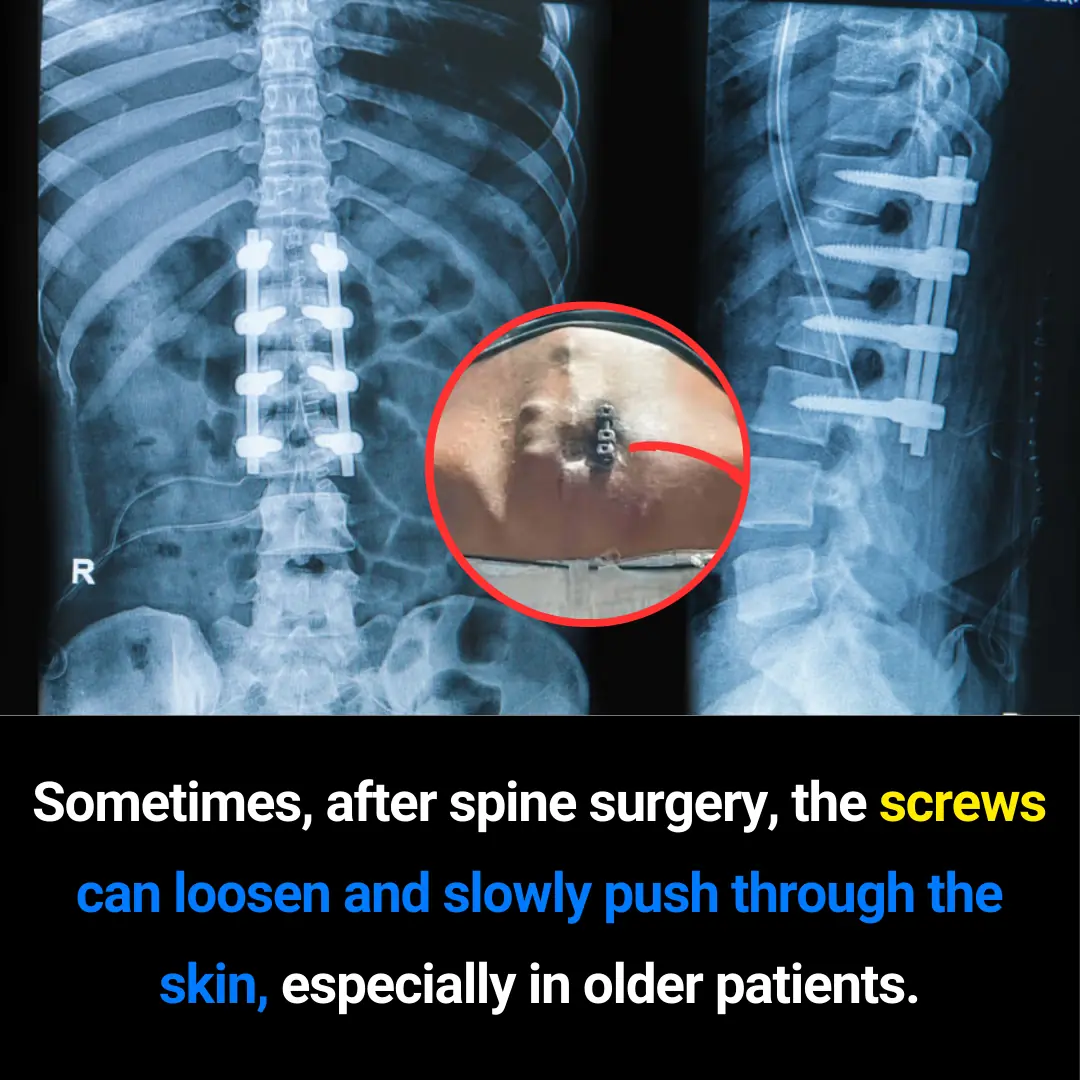
Can Spinal Screws Push Through the Skin? Understanding a Rare but Serious Post-Surgery Complication

Why the Tongue Is One of the Most Important Organs in the Human Body
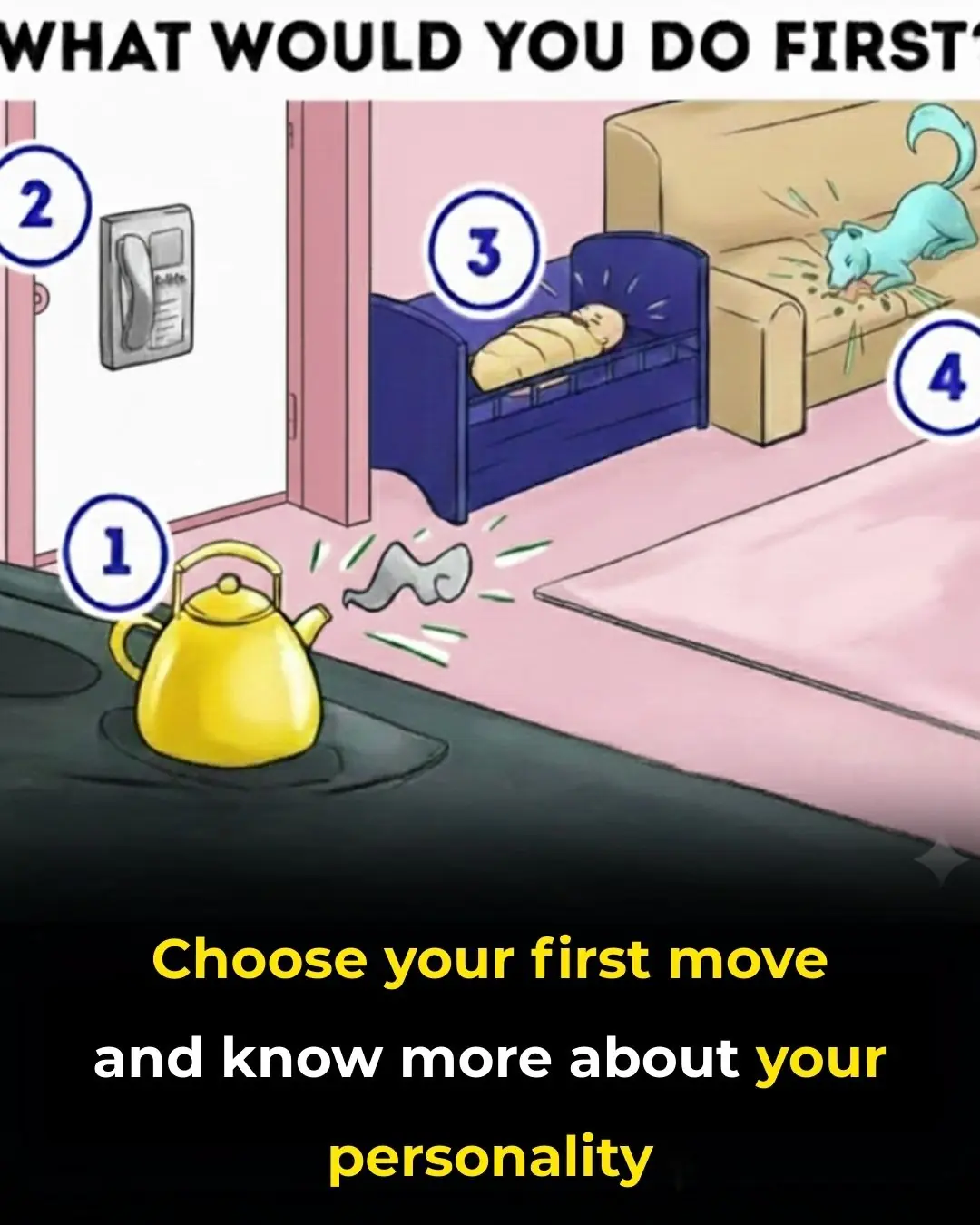
What You Do First in This Scenario

Small Steps, Big Impact: How 4,000 Steps a Day Can Transform Your Health
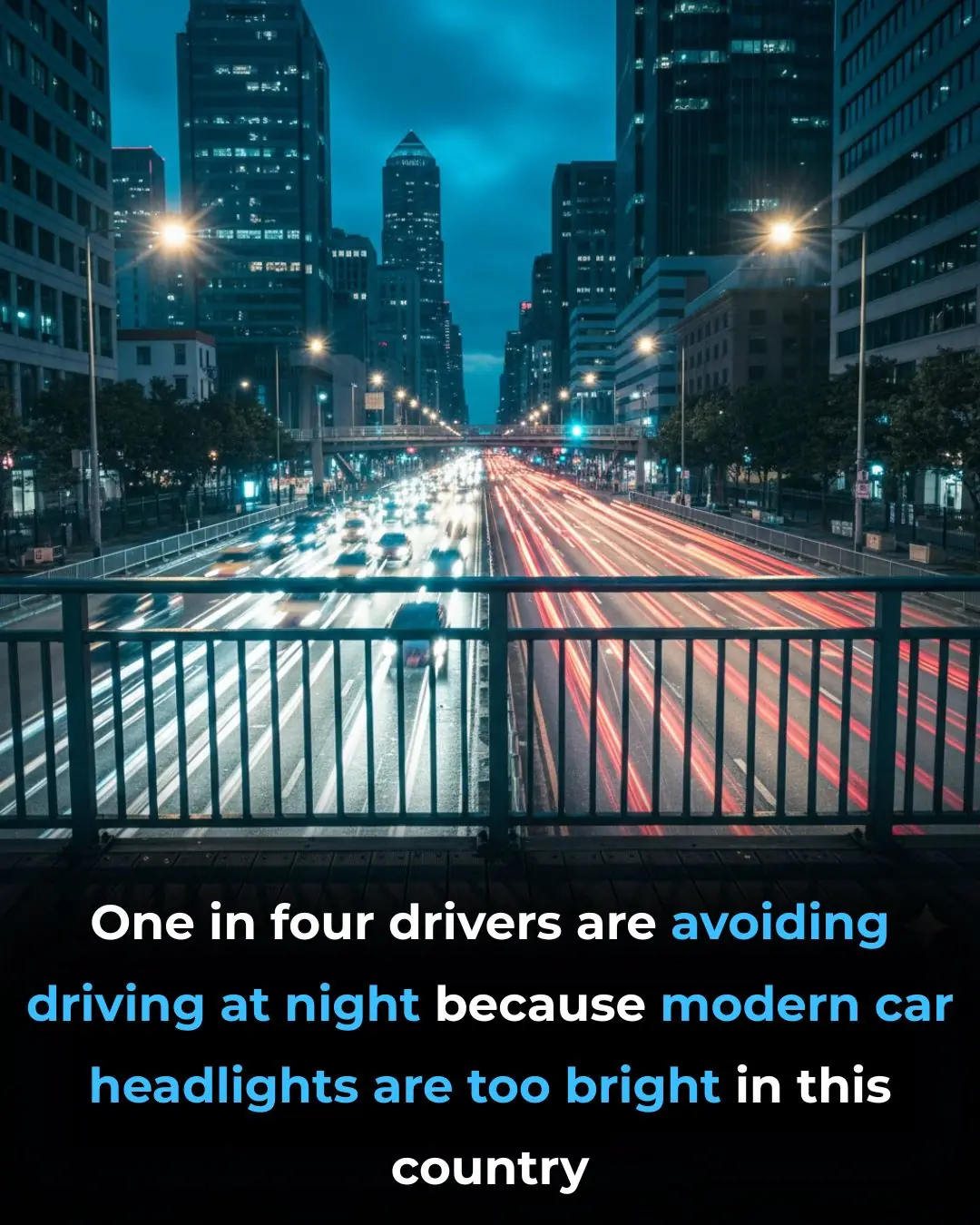
Rising Concerns Over Excessive Headlight Brightness: A Growing Challenge for Nighttime Driving Safety in the UK

Unwavering Loyalty: The Stray Dog's Final Journey of Love and Devotion

Revolutionary MRI-Guided Cryoablation Offers Non-Invasive Cancer and Pain Treatment in Sydney
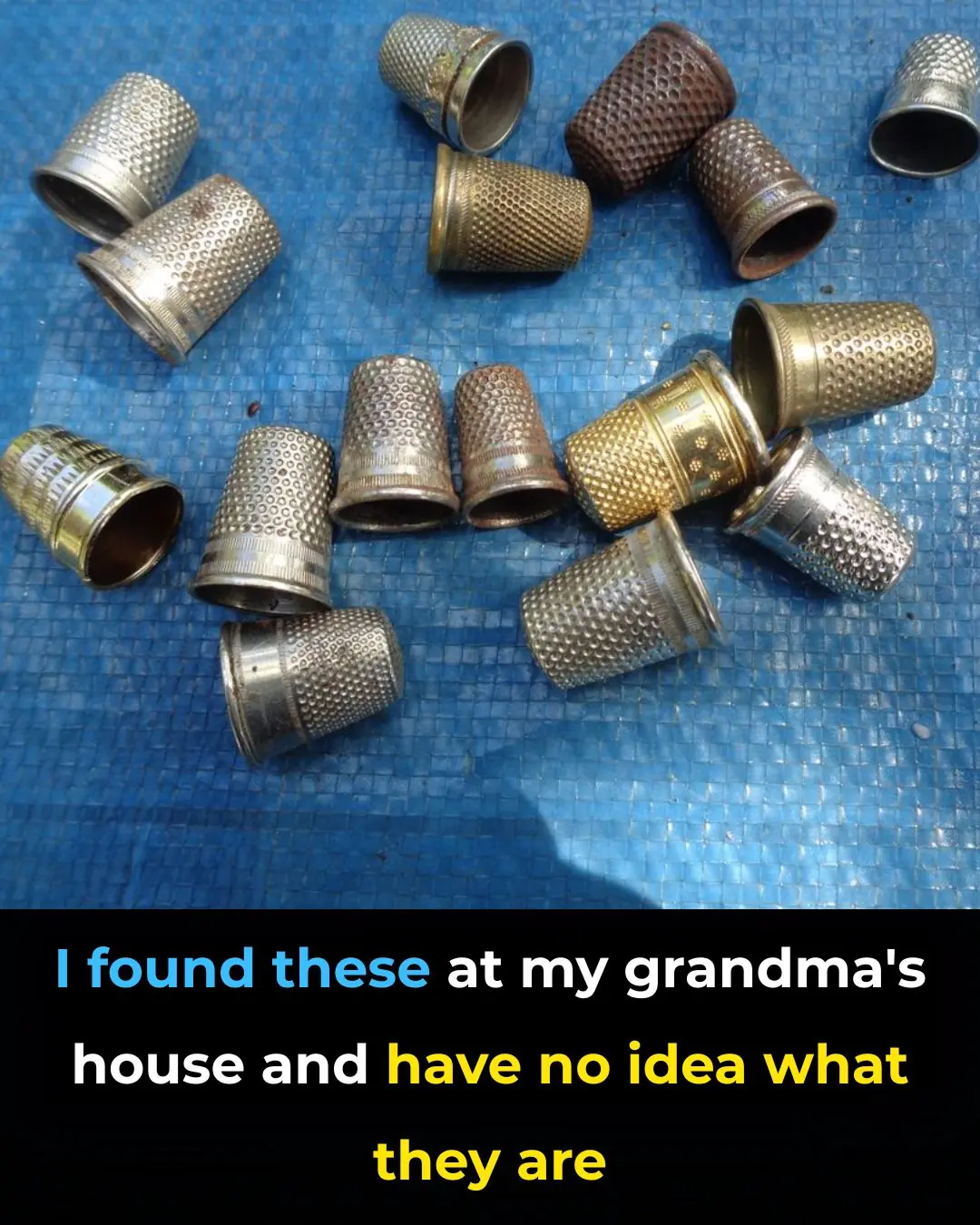
So this is what it does, here is the answer

Scientists Unlock Healing Potential of Wisdom Teeth: Stem Cells for Regenerative Medicine

1054 Supernova: The Cosmic Explosion That Shaped the Crab Nebula
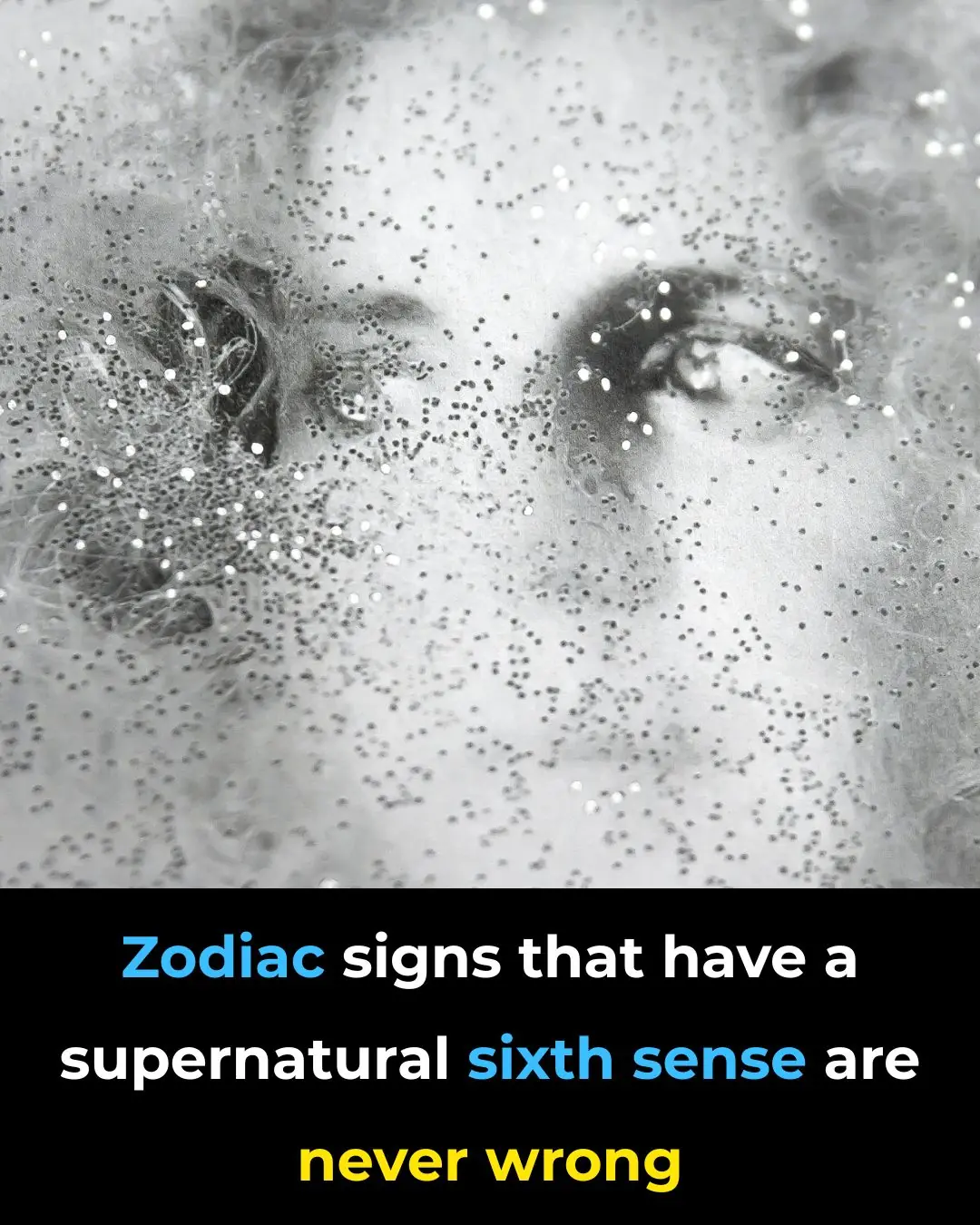
The zodiac signs with a supernatural sixth sense… See now
News Post

10 Best Foods to Detox Your Kidneys and Protect Renal Health

Honeybee Venom Can Destroy Breast Cancer Cells in Under an Hour — A Breakthrough That Could Transform Modern Medicine

Love Can Literally Make Your Body Crave More Sleep — Here’s the Science Behind It

A Revolutionary German Gel May Repair Joints Naturally—Potentially Eliminating the Need for Surgery

The Power of Clove Steam Inhalation (Respiratory Relief You Can Feel Immediately)

Peter Tabichi: The Kenyan Teacher Who Became the World's Best by Inspiring Change and Giving Back

Reducing Meat Consumption by 90%: A Critical Step to Combat Climate Change and Ensure Global Sustainability

Revolutionary Nanobodies Offer New Hope for Alzheimer’s and Parkinson’s Disease Treatment

Gray Wolves: The Remarkable Lifelong Bond Between Mates and Their Role in Pack Survival

Sebastian Errazuriz’s Robotic Dogs: A Satirical Commentary on Tech Billionaires and the NFT Market

Voyager Spacecraft: A 40-Year-Old Marvel of Engineering Exploring Interstellar Space

Popular blood pressure drug linked to increased cardiac arrest risk

How the U.S. Escaped Hurricane Landfalls in 2025

Ancient Shark Fossils Unearthed in Mammoth Cave Rewrite 325 Million Years of Evolutionary History

Powerful Health Benefits of Pineapple You Should Know

How an Italian Police Lamborghini Huracán Helped Save Lives by Delivering Kidneys Across Italy

Can Spinal Screws Push Through the Skin? Understanding a Rare but Serious Post-Surgery Complication

Why the Tongue Is One of the Most Important Organs in the Human Body

What You Do First in This Scenario
